Creating a product users love is the key to building customer loyalty, which is crucial for business growth. Loyal customers not only return repeatedly, but they also become brand advocates, spreading the word and attracting new customers to your business.
So, how do you build a product that inspires this level of loyalty? The secret lies in understanding user needs, delivering exceptional value, and continually improving based on feedback. Let’s dive into some proven strategies for building products that users truly love.
Start with a deep understanding of your audience
Before developing any product, it’s essential to understand who your customers are, what they need, and the problems they face.
Steps to understand your audience:
- Conduct market research: Use surveys, interviews, and online research to learn about your target audience’s preferences and pain points.
- Create user personas: Develop detailed personas that represent your ideal users, including demographics, motivations, and challenges.
- Monitor customer behavior: Use analytics tools to track user interactions on your website, app, or product to gain insights into their needs.
By aligning your product’s features and design with the needs of your audience, you’re more likely to build a product that resonates with them.
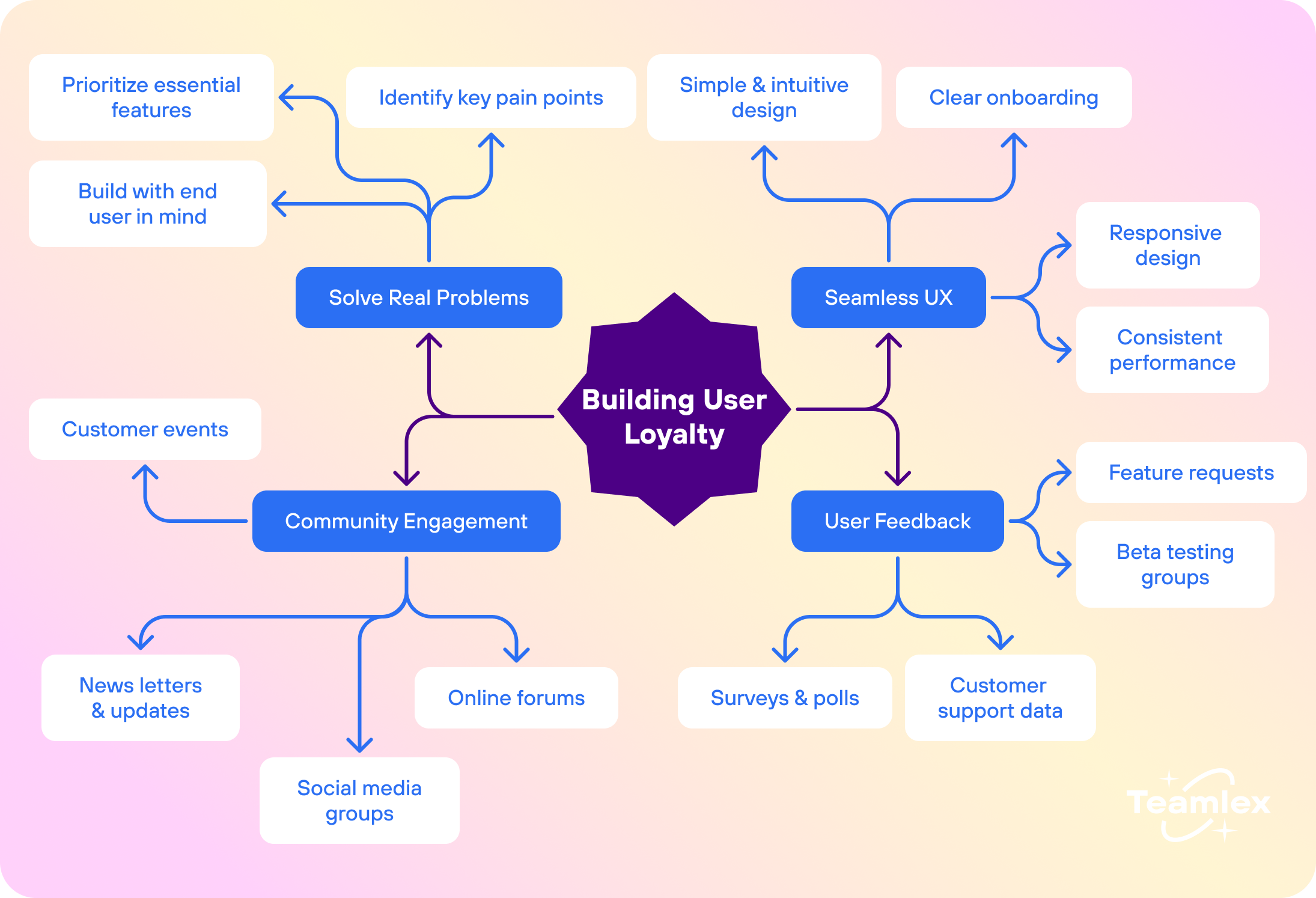
Focus on solving real problems
The best products solve real problems that users face, adding value to their lives. Instead of packing in features that may be nice but unnecessary, focus on solving core issues.
Tips for problem-solving product design
- Identify key pain points: Find out the top challenges your users face. Design features that address these challenges directly.
- Prioritize essential features: Avoid clutter by focusing on features that solve the most pressing issues.
- Build with the end user in mind: Ask yourself how each feature will improve the user’s experience and add value.
When your product effectively addresses real problems, users see it as indispensable, fostering long-term loyalty.
Provide a seamless user experience (UX)
An exceptional user experience is fundamental to creating a product users love. When a product is intuitive and easy to use, customers are more likely to come back.
Elements of a great user experience
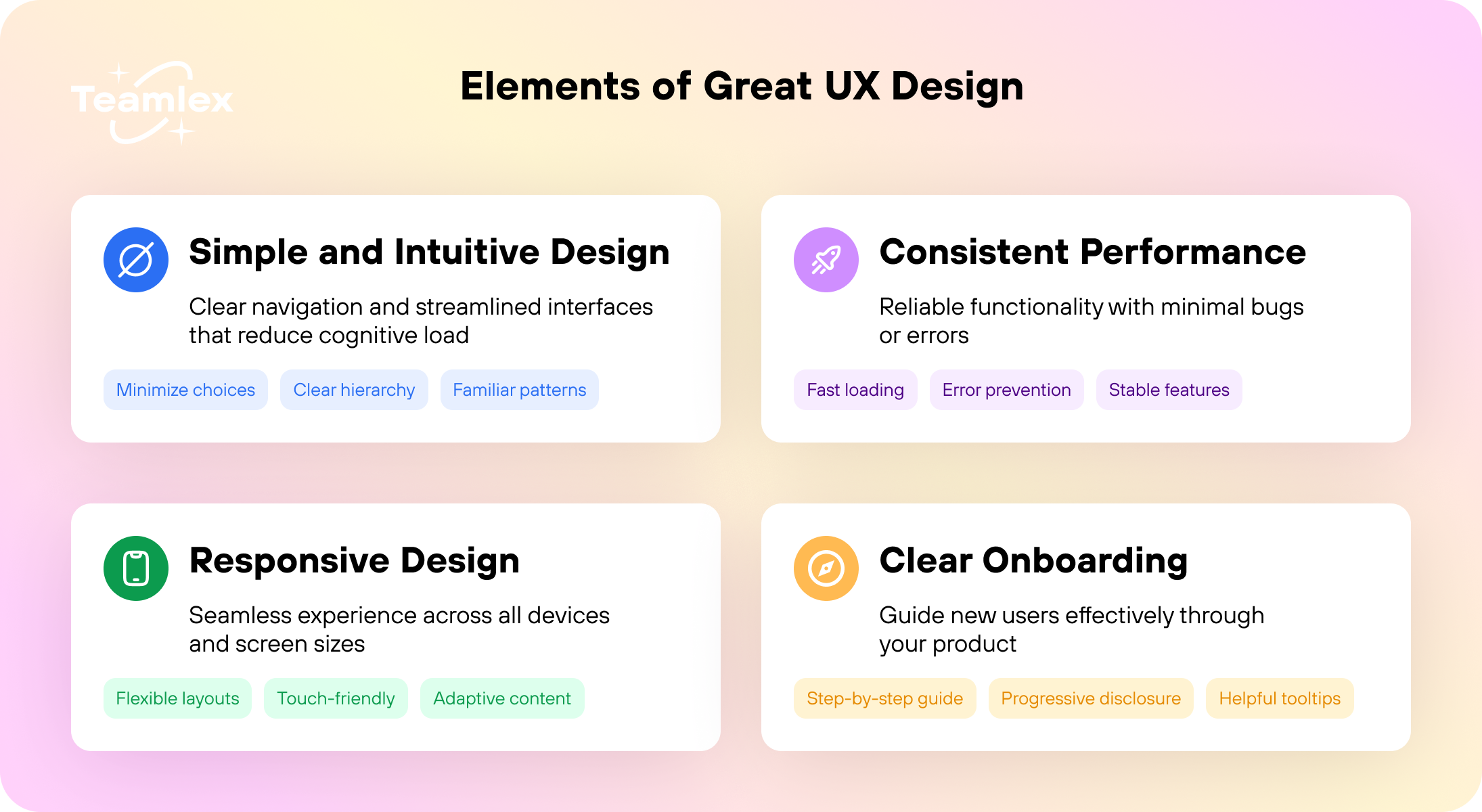
- Simple and intuitive design: Ensure navigation is clear, and avoid overly complex interfaces.
- Consistent performance: Your product should be reliable with minimal bugs or errors.
- Responsive design: Make sure your product works smoothly across different devices and screen sizes.
- Clear onboarding process: Guide new users with a simple, helpful onboarding process to get them familiar with the product.
Investing in UX design ensures that users enjoy interacting with your product, building positive associations that contribute to loyalty.
Gather and act on user feedback
Customer feedback is invaluable for understanding how users perceive your product and identifying areas for improvement. Actively seeking and using feedback shows customers that you care about their experience.
Ways to collect and use feedback:
- Surveys and polls: Regularly send out surveys or polls to get insights on user satisfaction.
- Customer support interactions: Track and analyze questions, complaints, and requests from customer support.
- Feature requests: Consider requests from users for new features or improvements.
- Beta testing groups: Allow a select group of users to test new features and provide feedback before they’re released.
Using feedback to make improvements ensures your product stays relevant to users, increasing their satisfaction and loyalty.
{{resource}}
Engage with your community
Building a community around your product creates a sense of belonging among users. Engaging with your customers fosters loyalty by making them feel valued and connected to your brand.
Ideas for community engagement
- Social media groups: Create a space for users to connect, share experiences, and provide feedback.
- Online forums or user groups: Host forums where users can ask questions, troubleshoot, and learn from each other.
- Customer events: Host virtual or in-person events, such as Q&A sessions, product launches, or community meetups.
- Newsletters and updates: Keep users informed with regular newsletters, offering insights, updates, and exclusive content.
Building a community around your product creates loyal customers who feel invested in your brand, encouraging them to stick around.
Provide excellent customer support
Quality customer support shows users that they are valued and encourages them to stay loyal. Quick, empathetic support can turn a frustrated user into a loyal advocate.
Best practices for customer support:
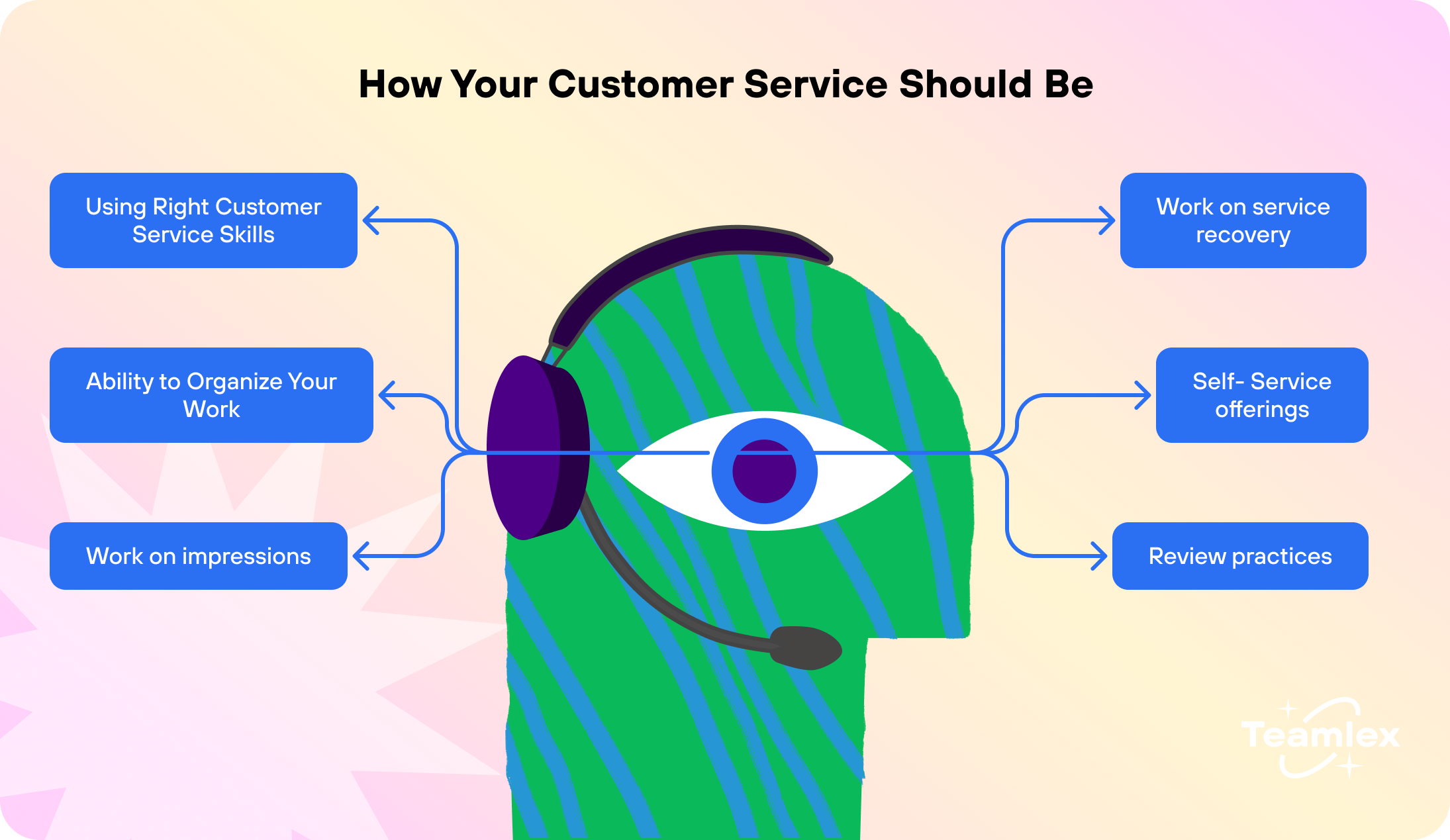
- Offer multiple support channels: Provide support through various channels like chat, email, and phone.
- Respond quickly and efficiently: Prompt responses show users that you prioritize their needs.
- Empower customer support staff: Equip your team with the knowledge and tools they need to solve issues on the spot.
- Follow up: After an issue is resolved, follow up to ensure customer satisfaction and to learn if any further assistance is needed.
When users know they can rely on your support team, they’re more likely to stick with your product and recommend it to others.
Continuously innovate and improve
Customer loyalty grows when users see that a product continues to evolve and adapt to meet their needs. By consistently improving and adding valuable features, you keep users engaged and invested.
Strategies for continuous improvement
- Release regular updates: Fix bugs, improve performance, and introduce new features to keep the product fresh.
- Use analytics to identify trends: Monitor user behavior to identify which areas need improvement.
- Stay competitive: Keep an eye on competitors’ offerings and industry trends to ensure your product remains relevant.
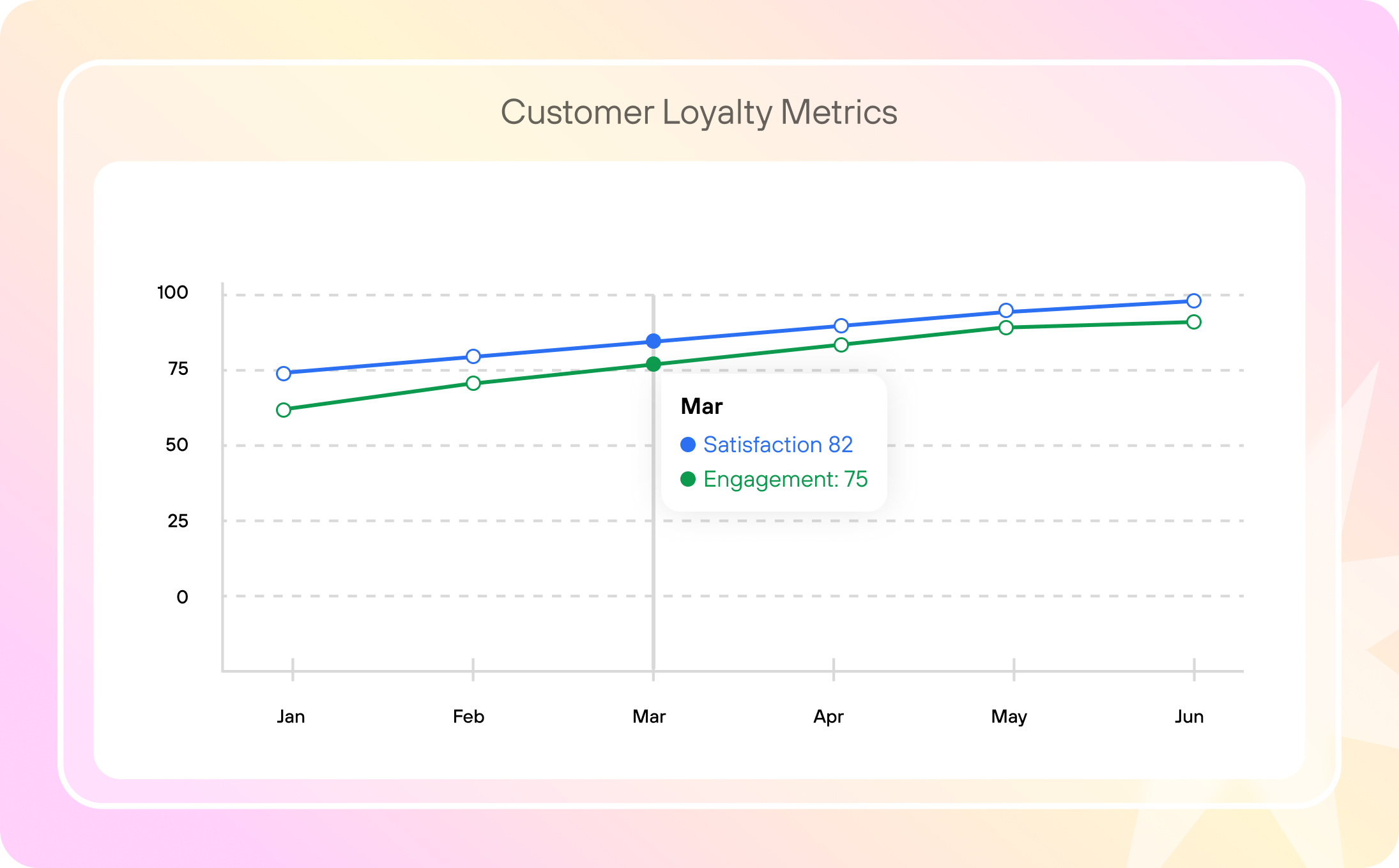
Continuous improvement shows customers that your brand is committed to providing value, making them more likely to stay loyal.
Deliver a consistent brand experience
Building a brand that customers trust involves delivering a consistent experience across all touchpoints. From the product interface to customer service, consistency strengthens brand loyalty.
Elements of a consistent brand experience:
- Brand voice and tone: Maintain a uniform tone across all communications.
- Visual consistency: Use the same colors, logos, and design elements across platforms.
- Product quality: Ensure that the quality of your product remains high, regardless of any updates or changes.
Consistency fosters trust, making users feel secure and comfortable with your brand, which helps drive loyalty.
Implement a loyalty program
Rewarding loyal users with special incentives is an effective way to encourage long-term commitment. Loyalty programs can motivate customers to keep using your product by offering exclusive perks.
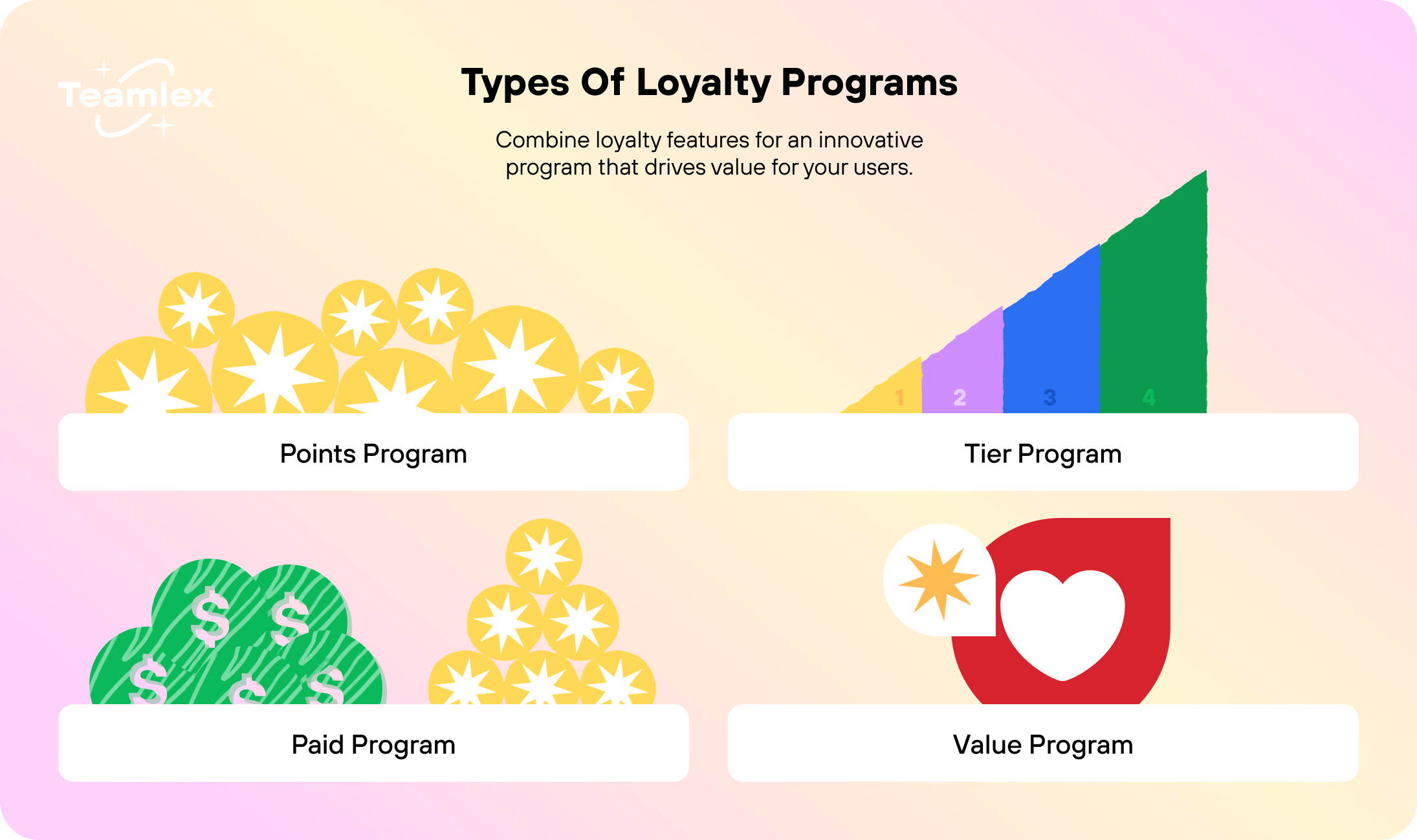
Ideas for loyalty program rewards:
- Discounts or special offers: Offer periodic discounts for repeat customers.
- Early access to new features: Give loyal customers the chance to try new features before anyone else.
- Points-based rewards: Allow users to accumulate points through regular use, which can be redeemed for rewards.
Loyalty programs show appreciation for repeat customers and give them an extra reason to continue using your product.
Build trust with transparency
Transparency fosters trust, a vital component of loyalty. When customers know that your brand is open and honest, they are more likely to feel confident in choosing your product.
Ways to build trust through transparency:
- Be clear about data usage: Inform users how their data is used and take steps to protect their privacy.
- Acknowledge mistakes: If issues arise, acknowledge them openly and communicate your plan to fix them.
- Be honest about product limitations: Avoid over-promising. Set realistic expectations about what your product can and cannot do.
Transparency shows that you value honesty, which strengthens trust and builds customer loyalty.
{{cta}}
Personalize the user experience
Personalization makes users feel like the product was designed just for them, which deepens their emotional connection to the brand.
Personalization ideas:
- Customized recommendations: Use customer data to recommend features or products based on past behavior.
- Personalized onboarding: Tailor the onboarding experience based on user demographics or preferences.
- Dynamic content: Show different content to users based on their location, interests, or history.
Personalization helps create a unique, relevant experience that resonates with users, building a strong foundation for loyalty.
Celebrate milestones and recognize user achievements
Recognizing users’ milestones and achievements can make them feel valued, strengthening their bond with your brand.

Ways to celebrate milestones
- User anniversaries: Celebrate a user’s anniversary with your product with a special message or offer.
- Usage milestones: Recognize when users reach a specific number of actions or achievements within your product.
- Customer appreciation events: Hold virtual or in-person events to thank loyal customers.
Celebrating milestones makes users feel seen and appreciated, building a sense of loyalty and belonging.
Conclusion
Building a product that users love is about creating real value, staying attuned to their needs, and constantly improving. When you prioritize user satisfaction, offer excellent support, and maintain a commitment to transparency, you’ll build a product that not only attracts customers but keeps them coming back.
By focusing on these strategies, you can build a loyal customer base that views your product as a valuable, indispensable part of their lives.

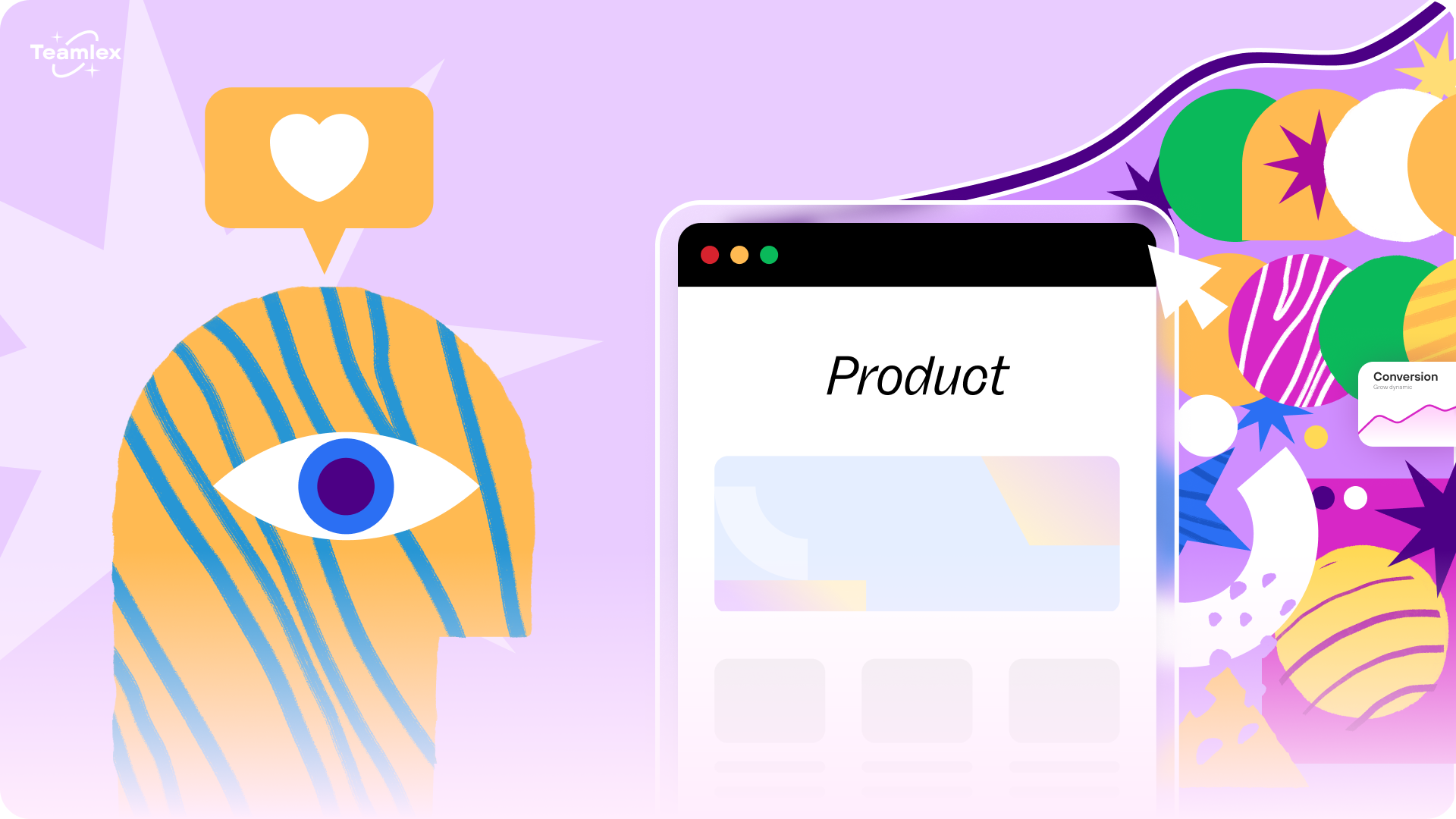










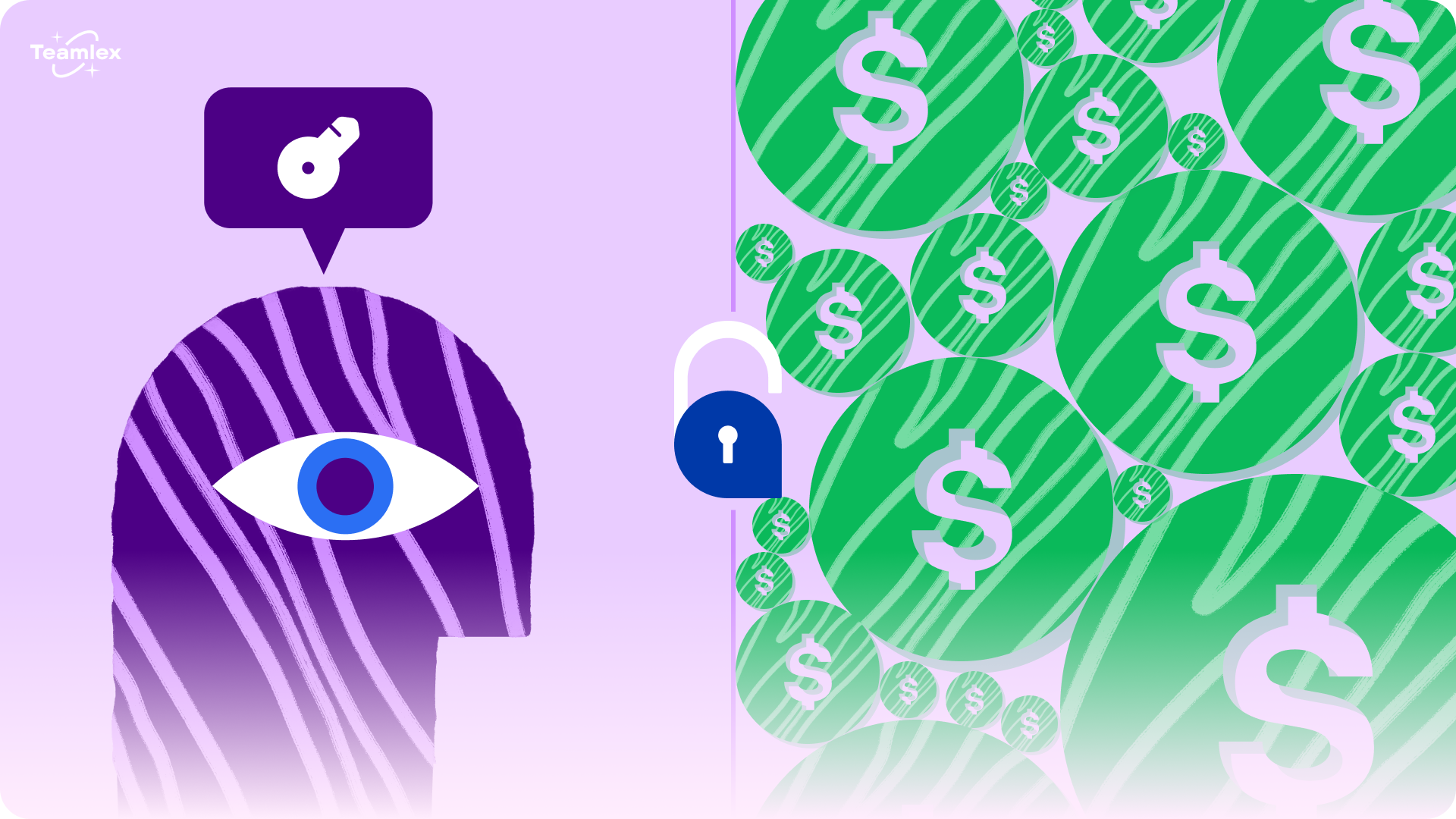









5